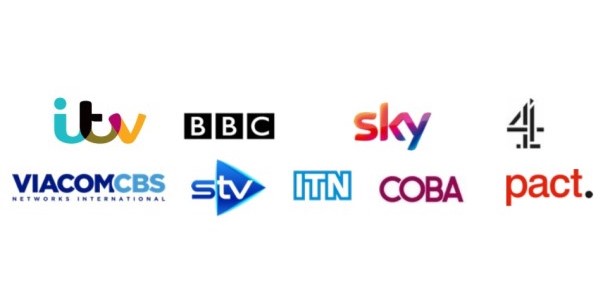ITV, BBC, Sky, Channel 4, Channel 5, STV, ITN, the Association for Commercial Broadcasters and On-Demand Services (COBA) and Pact have joined forces to introduce new industry wide guidelines for producing television safely in the weeks and months ahead. The guidelines are intended to enable a return to production for the television industry.
‘TV Production Guidance: Managing the risk of Coronavirus (COVID-19) in production making‘ covers the broad range and scale of all TV programme making in every genre for TV and is complementary to the forthcoming British Film Commission guidance on managing the risks associated with film and high-end TV drama production.
In the new guidelines, the number one priority remains the safety and well-being of production teams and those who work with them. The guidance has been produced through a collaboration of cross industry experts in this area along with external expertise provided by Dr Paul Litchfield CBE. The broadcasters have also worked with First Option, safety consultants to the media and entertainment industry, to devise this approach as well as liaising with union representatives and the Health and Safety Executive.
The guidance has also taken careful note of the recent government advice on the safe return to work. The expectation is that the guidance will evolve over the coming months as the lockdown is eased, as government advice evolves and as TV productions adapt to the new challenges posed by the Covid-19 risk and provide a framework the entire industry can work within.
The full guidance is attached. In summary, the guidance details six areas that producers, in conjunction with the commissioning broadcaster, must consider when planning to produce during Covid-19. They are:
- Specifically consider people at higher risk of harm
- Heighten precautions for everyone at work
- Reduce the number of people involved
- Consider editorial ‘on camera’ requirements
- Consider mental health and wellbeing
- Feedback loop
The guidance also lays out the key areas to consider when assessing risk on productions and suggests controls to consider (detailed in the attached guidance). They are:
- Travel: Try to minimise travel and follow social distancing principles within travel arrangements, wherever possible.
- Location: Consider the physical capacity of the space given the requirements of social distancing along with the provision of key hygiene facilities.
- Work Activities: Consider the activities that people are going to need to undertake across roles on production and if these can be adapted or changed to reduce risk.
- Work Equipment: Work equipment is key to TV production from cameras and headsets to edit suites. Good hygiene and managing potential issues with touchpoints should be addressed.
- Work Patterns: Work patterns may enable you to have small groups (cohorts) of people who don’t come into contact with other groups.
- Rest Areas: Rest areas are very important but may need some reconfiguration and planning around breaks to ensure rest areas are as safe as possible.
- First Aid and Emergency services: Emergency services are under great pressure so may not be able to respond as quickly as possible alongside this Coronavirus
(Covid-19) poses a potential risk to first aiders.
- Masks, Gloves and Other Personal Protective Equipment: Use of PPE is very much a last resort and should only be considered when all other forms of control have been considered and/or implemented. It would not in general be appropriate to source medical grade PPE. The very limited exceptions to this might be when filming in higher Covid-19 risk settings such as hospitals which would only be at the invitation of the relevant hospital authorities.
- Mental Health: The Covid-19 risk and the response has had a potential Mental Health impact for those working on productions.
Read the full press release here.

